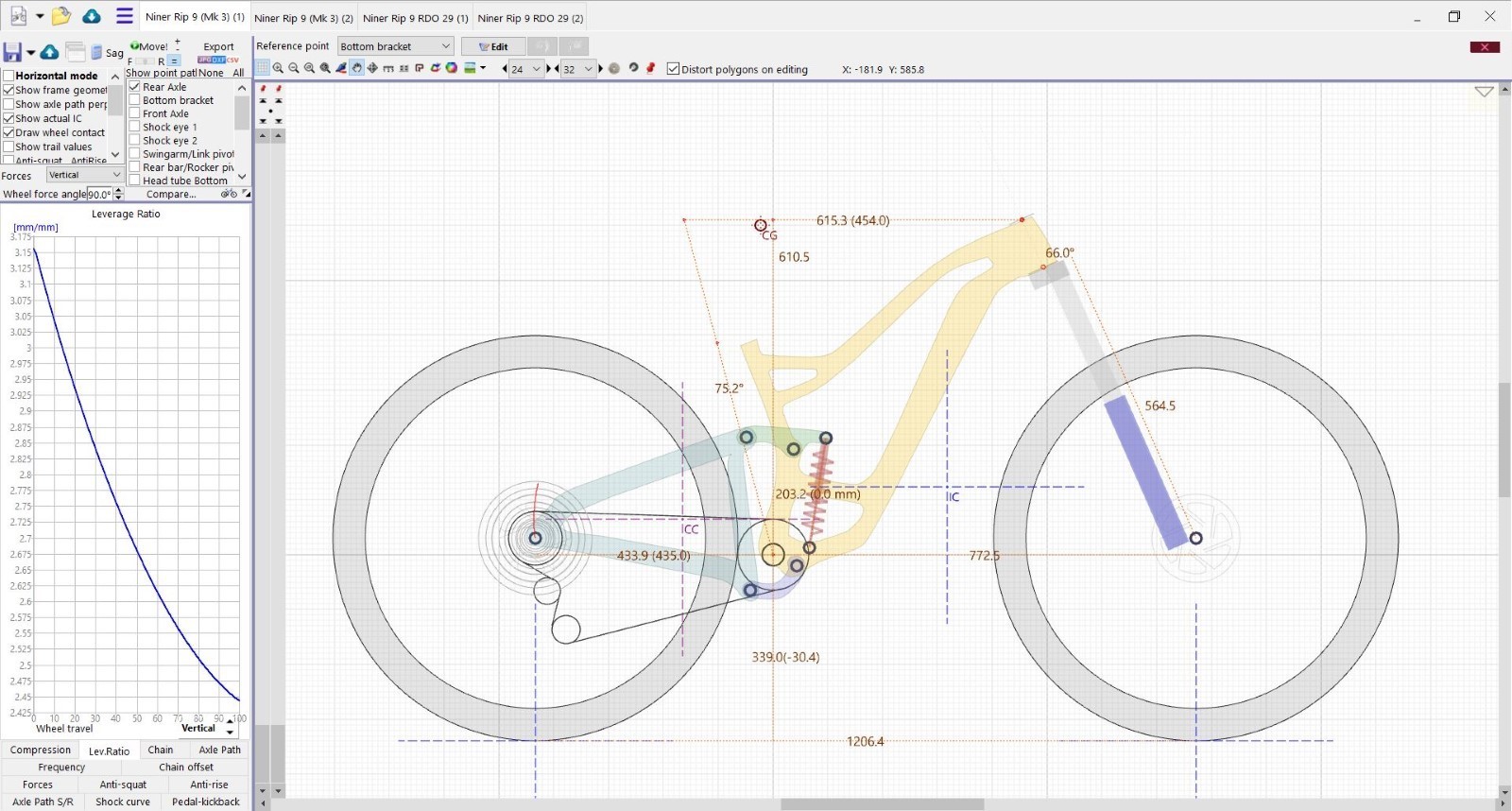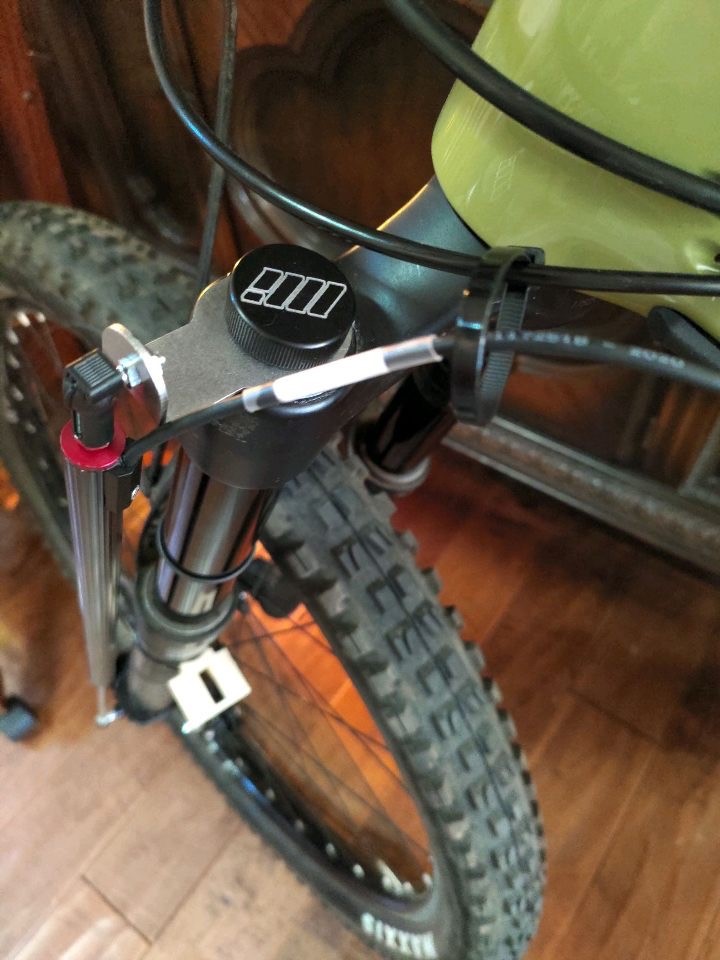Code Description:
The mathematical model can be used as a tool to adjust the front fork and rear shock of a bike. After the rider weight is inputted, the model outputs shock pressures as well as initial rebound and compression settings. Then the rider can input the kind of trail they are riding on, and the model will output adjustments to be made to the rebound and compression knobs as necessary.


